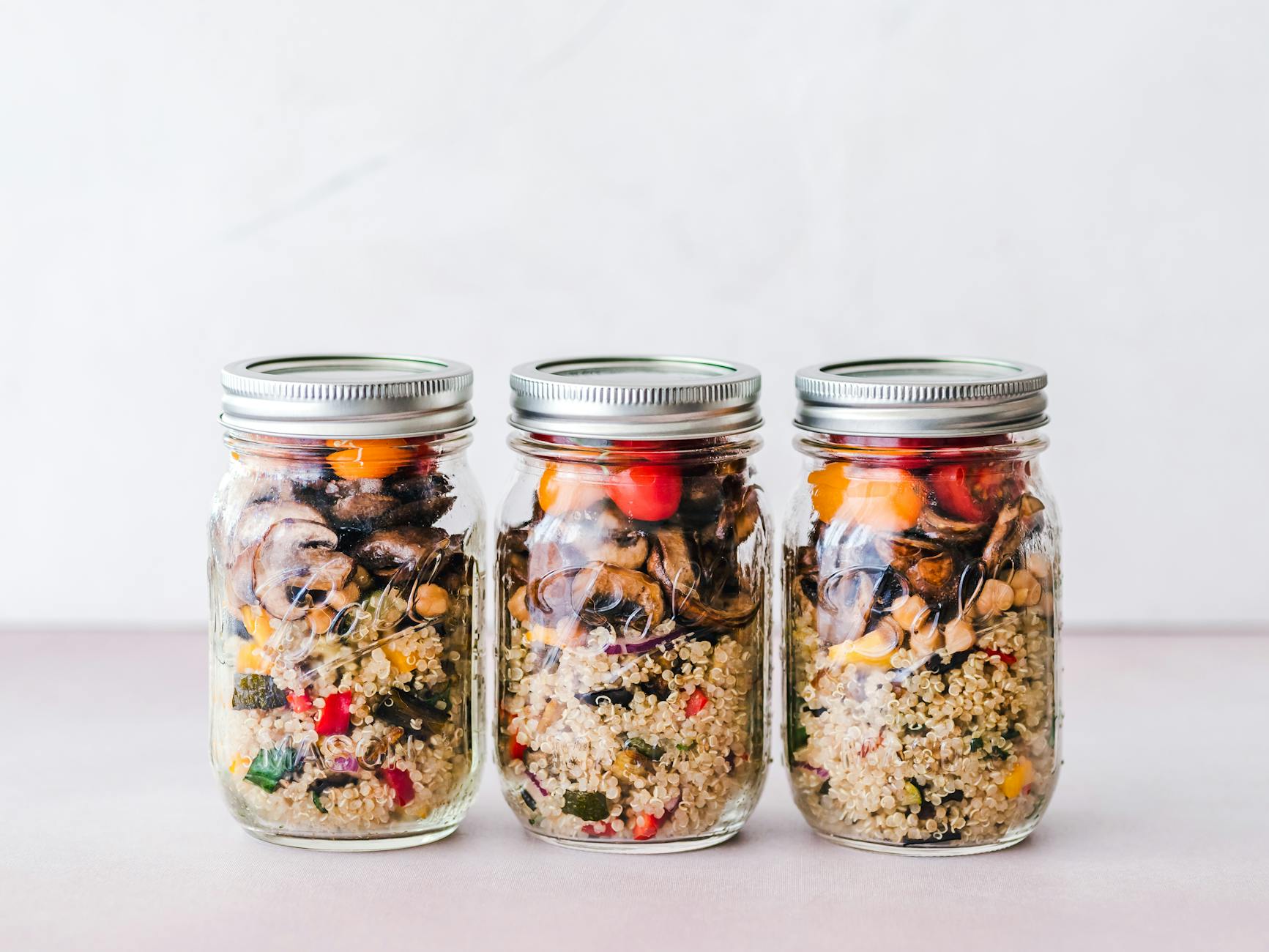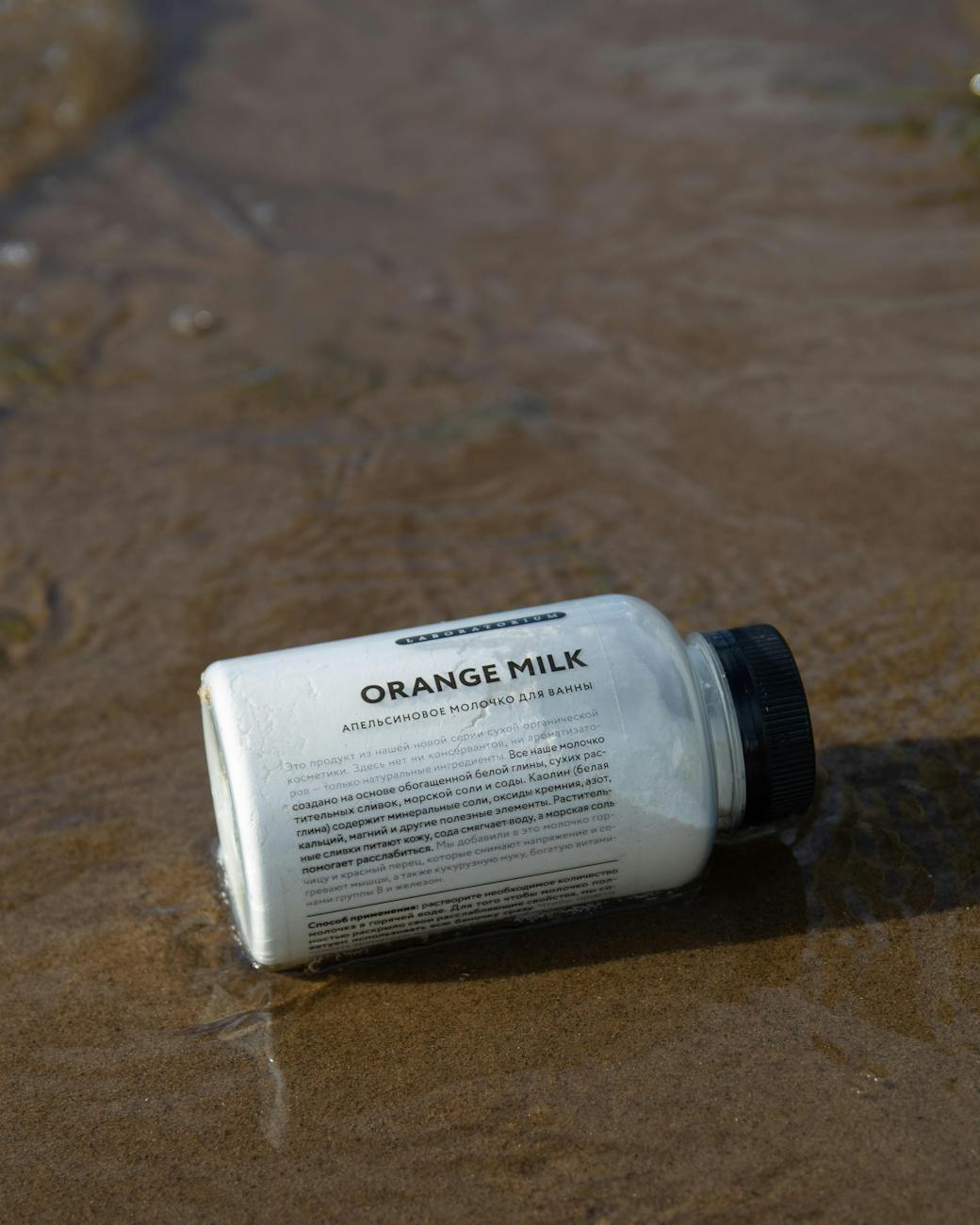Understanding how to preserve food is a skill that your future self will appreciate for years to come! Read on to learn how to freeze dry foods for long-term storage!
I’ll explain the science behind freeze-drying, discuss how it works, and then offer some practical tips on how to do it at home.
What exactly is freeze drying?
Freeze-drying, a relatively new method of home food preservation that utilizes a home freeze-dryer, has recently gained popularity. While professionally freeze-dried food has been available for many years, the popularity of home freeze dryers has grown significantly over the last decade.
So, what is the thing with freeze-drying? It’s a two-step procedure that works wonders for preserving food. First, the meal is frozen at subzero temperatures (about -40°F). During this chilly period, the water content of the food turns into vapor.

Once the water vapor is released, the pump activates and begins vacuuming the vapor. This vacuum technique is similar to a food dehydrator but considerably more powerful. It requires both vapor and moisture to be removed. This process is known as sublimation.
WHAT IS SUBLIMATION?
Sublimation is the transition that occurs during freeze-drying. When food is frozen at extremely low temperatures, the water within it converts from a solid (ice) to vapor without going through the liquid phase. This process, known as sublimation, removes water from the food while retaining its structure, nutrients, and flavors. It’s like a disappearing act, leaving behind everything nice!
What’s the distinction between freeze-dried and dehydrated food?
Here’s the kicker: freeze-dried food differs from its dehydrated equivalent. It’s like comparing apples to oranges, or in this case, freeze-drying versus dehydrating. They are undoubtedly different, but here’s the truth: different is not always synonymous with better!
They looked identical before preservation, but the dehydrated vegetables are bright red, small, and wrinkled. The freeze-dried vegetables are paler and resemble a slice of tomato, albeit much lighter.
The food is not frozen while dehydrated, therefore no water vapor is generated. There is also no suction to efficiently extract all of the moisture from the meal. Dehydration is merely the process of drying, which is normally accomplished through air movement.
HOW LONG DOES IT TAKE TO FREEZE-DRY FOOD IN A DRYER?
Okay, let’s speak. Freeze drying isn’t an overnight process; it’s more of a leisurely dance. The time depends on what you’re freeze-drying and how much you have. Generally, we’re talking about 24 – 48 hours. Yes, it is a bit of a wait, but believe me, the ultimate product is well worth it. Consider all of the excellent meals you’ll enjoy in the future.
What are the benefits of freeze-drying?
Freeze drying is extremely simple and user-friendly. But there are so many more wonderful bonuses! Here’s a quick rundown of the best benefits:
1. Nutritional value: Freeze drying maintains a higher percentage of nutrients than conventional preservation methods. The low temperatures used in the procedure help to reduce nutritional loss, making freeze-dried foods a more healthy choice.
2. Intense Flavor: Freeze-dried foods retain their unique flavors exceptionally well. Because the technique involves minimal heat exposure, the natural flavor of the food is kept.
3. Long-term storage: One of the greatest advantages of freeze-drying is its long shelf life. Freeze-dried meals can be kept for an extremely long time, frequently several years, without the need for preservatives. This is due to the removal of water, which reduces microbial development.
4. Lightweight and Compact: Freeze-dried foods lose water weight, resulting in a lightweight and compact finished product. This makes them an excellent alternative for outdoor enthusiasts, backpackers, and emergency food supplies because they are simple to travel and store.
5. Minimal Loss of Appearance: Freeze-dried foods retain their original form and appearance rather well. Whether it’s a strawberry, a bit of meat, or a sprig of herbs, freeze drying keeps your food looking as good as it did before.
6. Rehydration Magic: It only takes a little water to bring freeze-dried foods back to life. They rehydrate rapidly and maintain most of their original texture, making them ideal for on-the-go meals or quick cooking.
7. Reduced Bulk: Freeze-dried foods take up substantially less space than fresh or dehydrated goods. This has the potential to revolutionize storage, particularly for individuals with limited space. Many goods, such as tomatoes, milk, and eggs, can be crushed into powder after freeze-drying, resulting in a much smaller pantry footprint!

What are the disadvantages of freeze-drying?
While freeze-drying is incredibly useful, it does have a few drawbacks. First and foremost, freeze dryers can be quite expensive. So, if you’re considering entering this realm, be prepared to make an initial investment.
In addition, freeze-drying is not a one-size-fits-all solution. Some foods may not turn out as expected, necessitating some experimentation. Remember that freeze-drying does not give you superpowers; your food still requires proper storage to stay fresh.
Foods with a high water content, fatty texture, or dense skin will not freeze dry effectively.
Finally, freeze-dried foods may lack the “fresh off the stove” texture. It’s not a deal-breaker, but some meals may have a little altered texture after the process.
HOW LONG DO FREEZE-DRIED FOODS LAST?
Freeze-dried foods are well-known for their long shelf life, which typically exceeds that of conventional preservation methods. The lifetime of freeze-dried foods varies depending on storage circumstances, packaging, and the exact food item. Here’s a general guideline for long-term food preservation of popular freeze-dried foods:
1. Fruits
- Strawberries, blueberries, and raspberries: 15-25 years.
- Apples: 20–30 years.
- Bananas: 15–25 years.
2. Vegetables
- Peas: 25-30 years.
- Corn: 20–30 years.
- Carrots: 20–30 years.
3. Meat
- Beef aged 15-25 years.
- Chicken: 15–25 years.
- Turkey: 15–25 years.
4. Dairy
- Milk life: 20-25 years.
- Cheese: 15 to 20 years.
- Yogurt: 15–20 years
5. Pasta and Grain
- Rice: 25–30 years
- Pasta: 20 to 30 years.
- Oats: 15–25 years.
6. Snacks
- Trail Mix: 20-25 years.
- Potato Chips: 15–20 years
- Nuts: 15–25 years
It is crucial to note that these are only estimations and may differ depending on the product and packaging. Storing freeze-dried foods in plastic bags or a simple sealed container is not as effective as utilizing tiny mylar bags. Proper storage conditions, such as storing freeze-dried foods in a dry, cool, and dark place, can help increase their shelf life.
Furthermore, some freeze-dried foods may still be safe to consume after the indicated shelf life, but their quality and taste may deteriorate over time.
